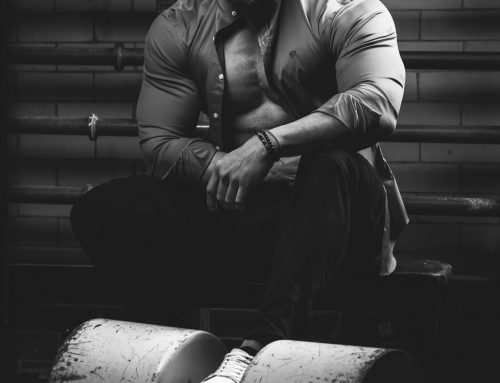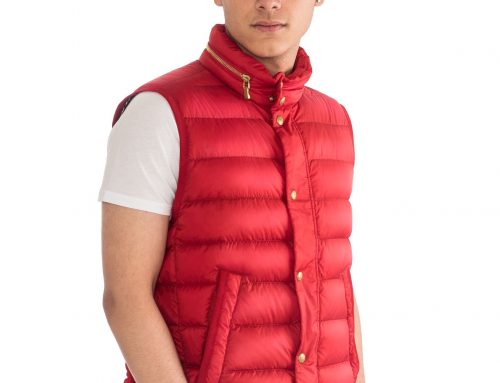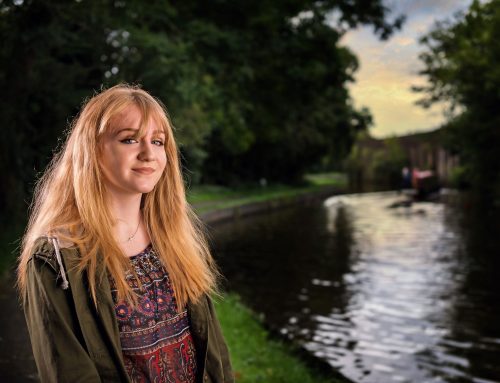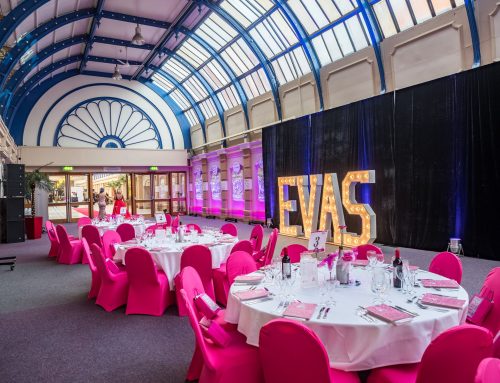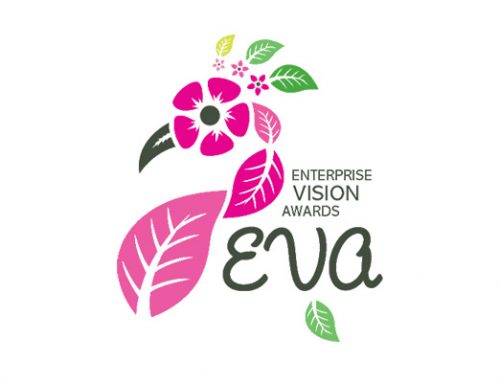Location Dance Shoot
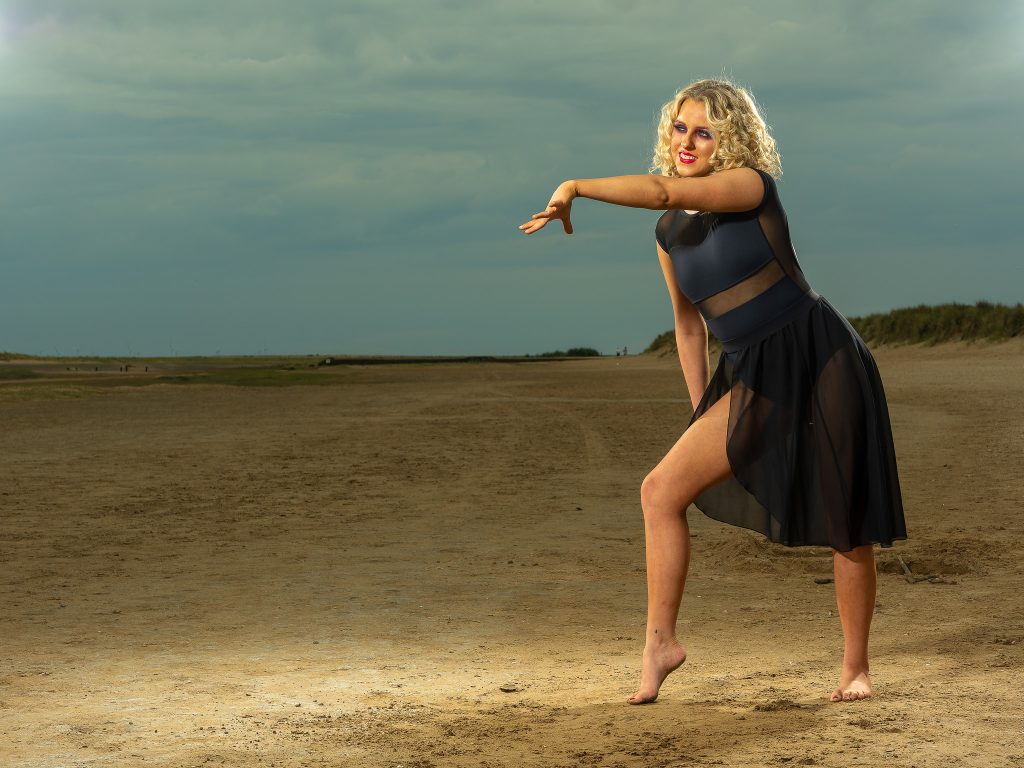
Well, I’ve utilised the Elinchrom One review kit on a number of client shoots so far, including food photography for the Lavender Hotel Group, and a couple of automotive shoots. And as I pondered which shoot I should take the kit along to next, I was hijacked.
Erm, apparently, I was asked if I would like to see what the Elinchrom Ones could do on a beach with a dancer. I think my memory is going, because I don’t recall that conversation.
So. Helen had a location shoot booked in with Freya, and had taken quite a liking to the lights due to portability and size. We knew they would be absolutely ideal in the portable studio we take along when photographing the dance competitions or the dance schools. But location work may be a bit of a litmus test, to be honest.
Helen’s location setup generally consists of three lights, so we added an ELB500 to the two Elinchrom Ones. All three would be firing through 26cm reflectors so as to utilise as much of the light as possible.
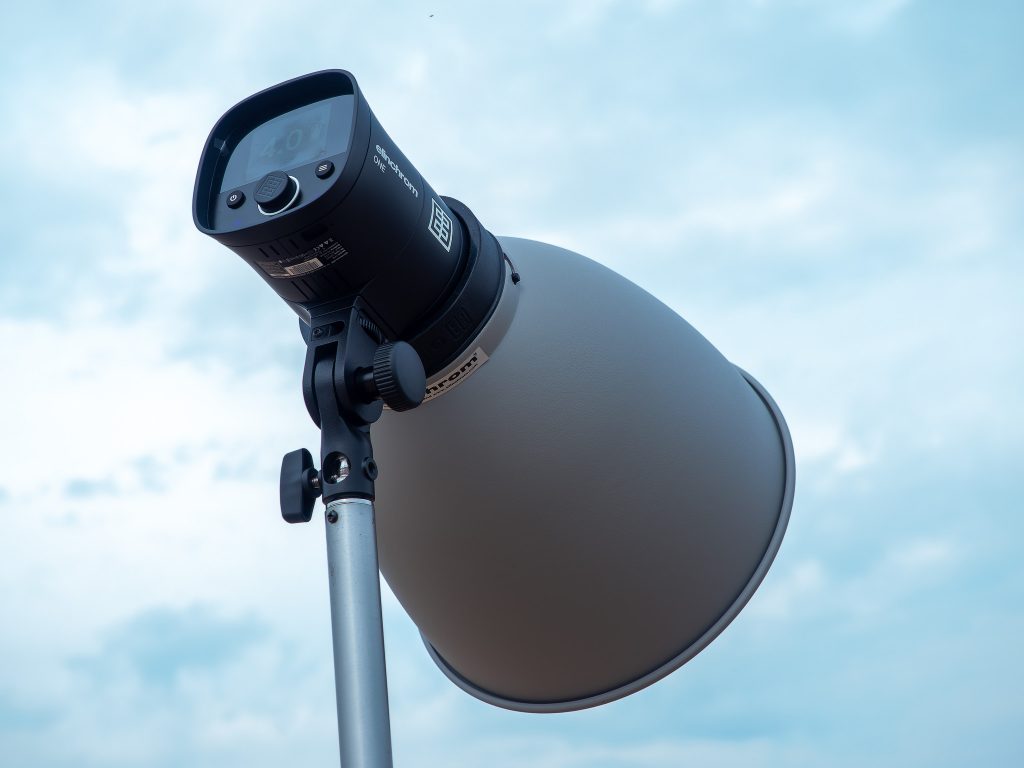
We used the two Elinchrom Ones for the accent lights, and the initial light test was with them set to an output of 4.0 (Equivalent to 100Ws), You can just about make out the display on the above image. The ELB500 was used as the keylight, and again set to an output of 4.0, due to the increased distance.
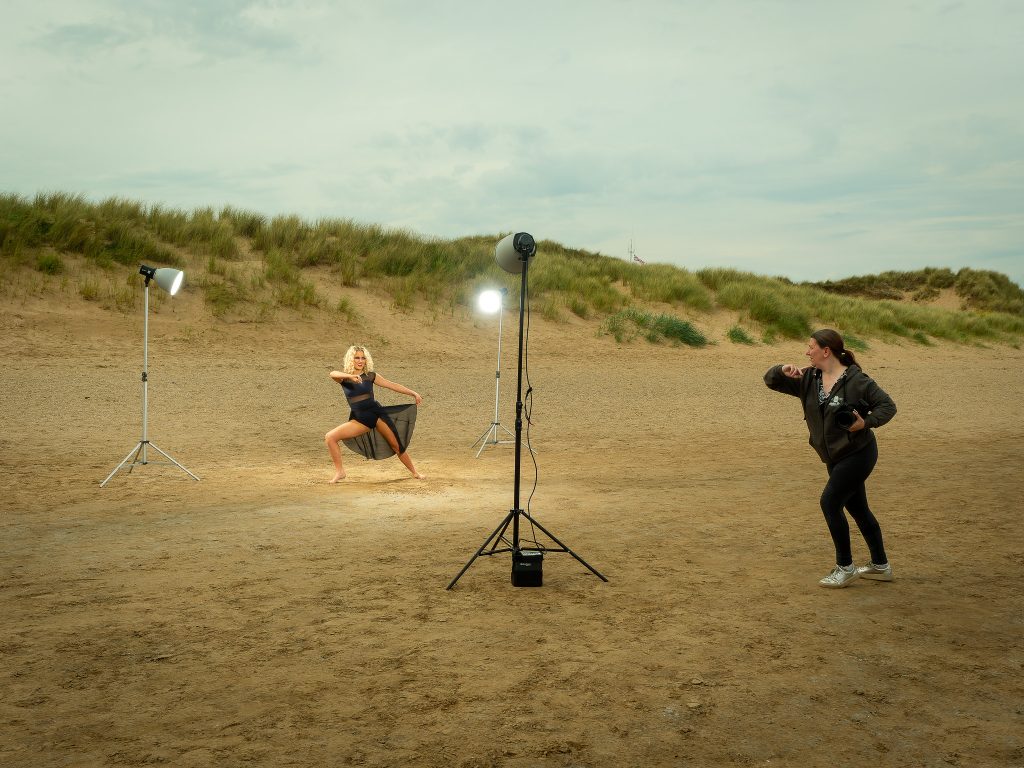
It may look like I remembered to take the behind the scenes shot, but it’s only because I was “asked” to. Anyway, this shows the placement of the lights, and you can see the accents were placed a little behind Freya. You can also see the distance of the keylight too. In later images, we did move the keylight nearer, as it didn’t foul the frame.
And no, Helen isn’t dancing.
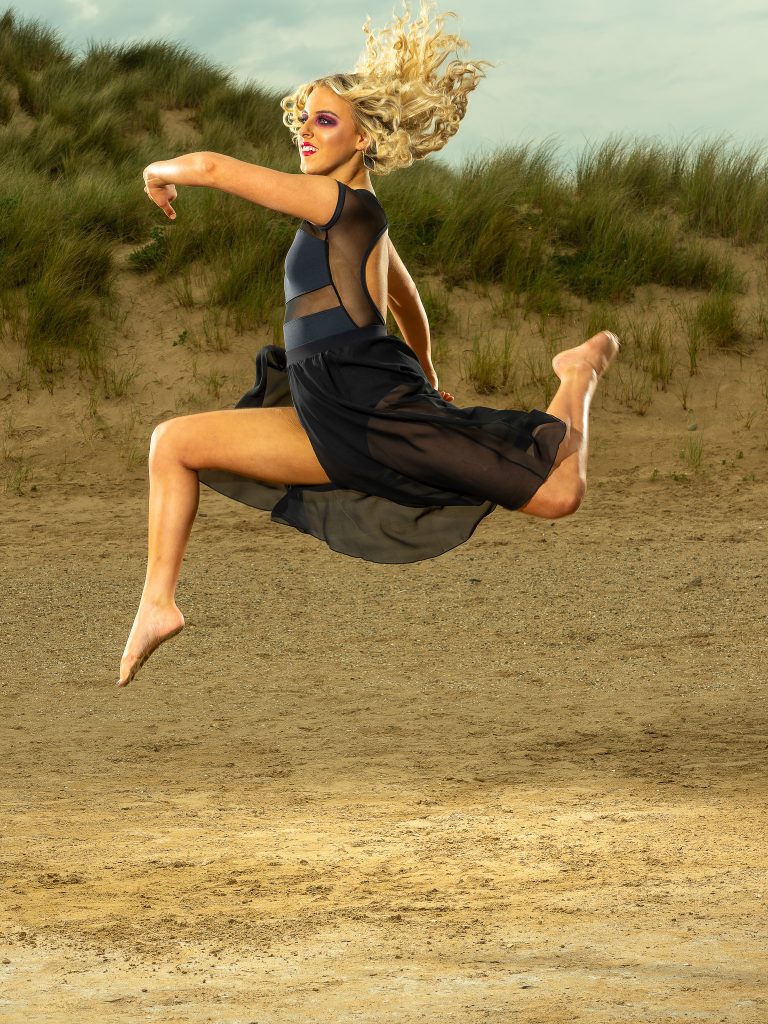
This is one of the images from the same setting. This is why the keylight needed the distance, as Freya “travelled” across the targetted lit area, which meant Helen was panning as she took the shot. It’s far too easy to have the light foul the frame as the dancer moves. Generally it can be removed in post, but occasionally the dancer has passed behind the stand, or the modifier within the frame, and you can guarantee it will be on the best jump or shape of the day.
Camera settings were Olympus E-M1 mkII 1/250th sec f8 ISO64
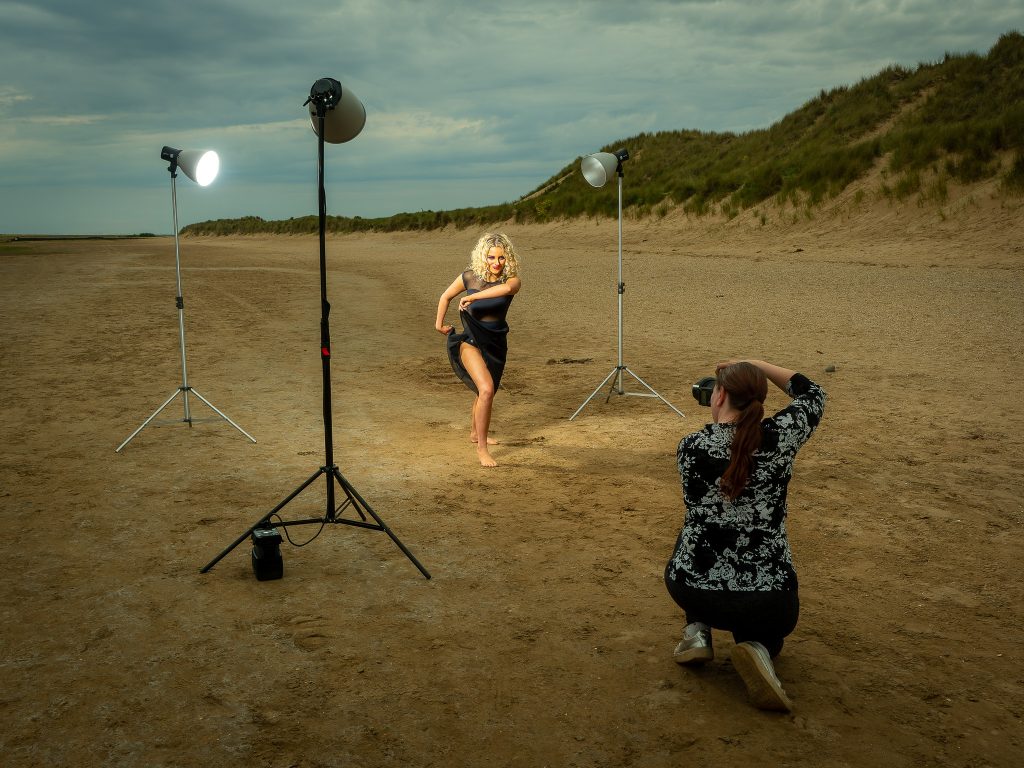
Change of direction, with the shot being taken along the beach. Helen is using the medium format here, whilst I’ve had the Olympus thrown at me to get the behind the scenes image.
You will notice that keylight is much nearer, as Freya isn’t actually moving in this shot. The output was reduced to 3.0 (Equivalent to 50Ws)
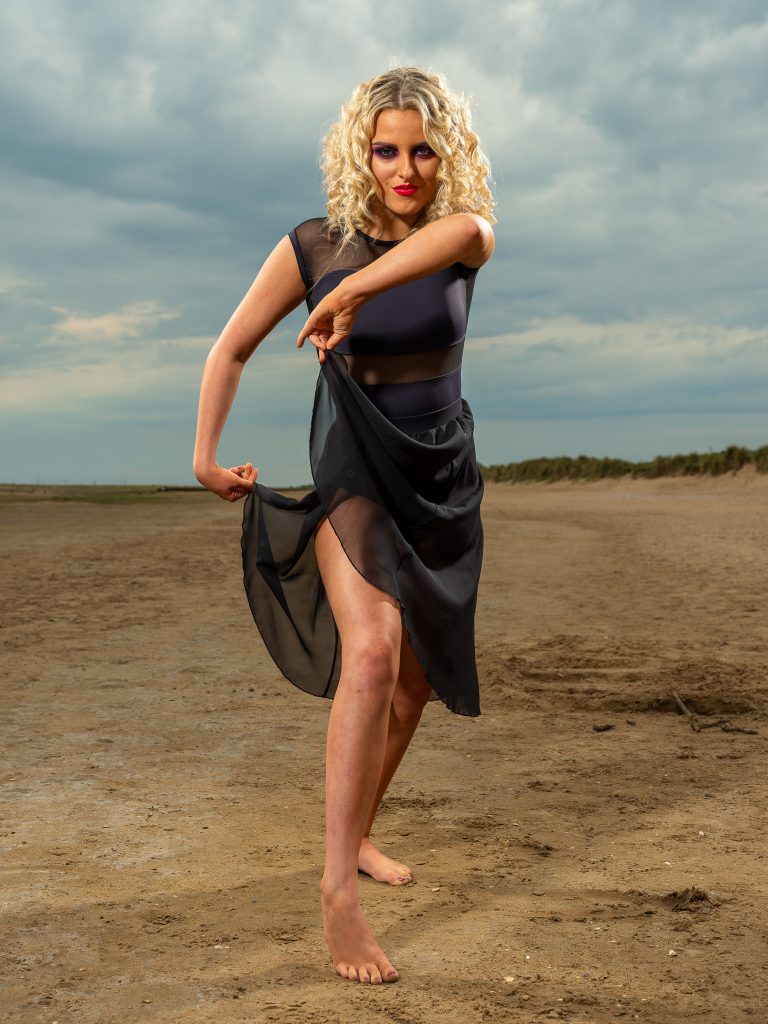
The image from the above setup.
Camera settings were 1/125th sec f10 ISO50
Helen’s location work is quite brutally demanding of the equipment (And me!), and whilst the Elinchrom Ones worked absolutely fine, and created what we needed, I don’t know how well they would cope in a flat out, sunny day kinda scenario. Helen needs decent shutter speeds to freeze the motion. We did get a slight ghosting on one of the images
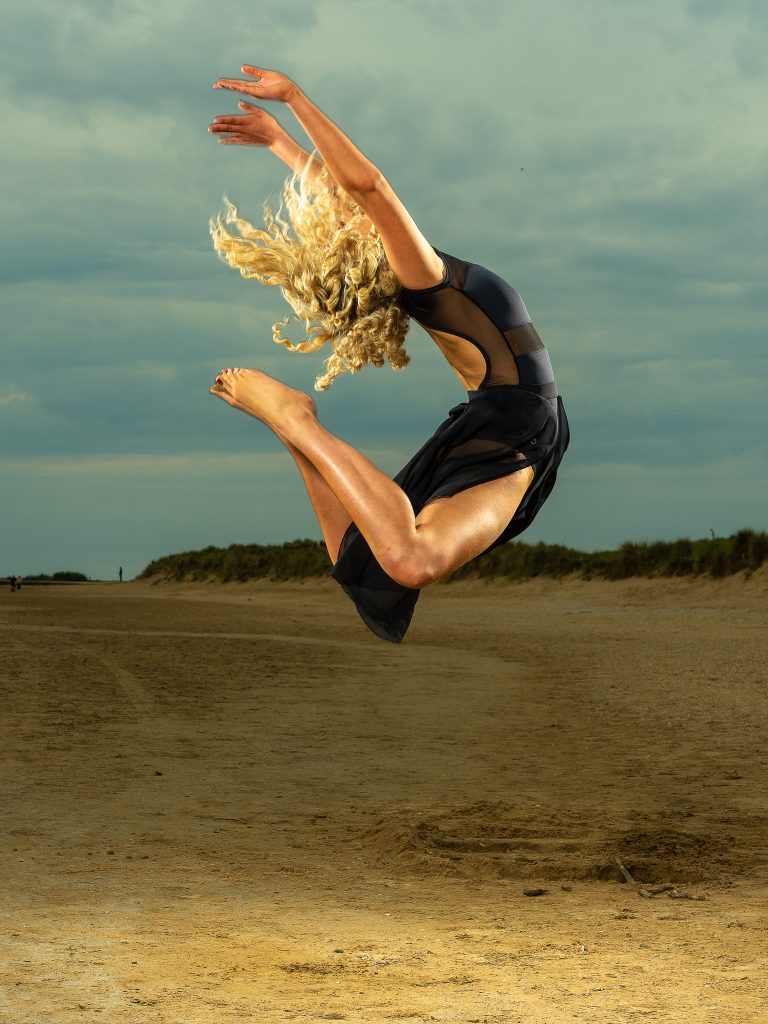
I was actually taken by surprise when I shot the Lotus on a sunny day, as I didn’t expect it to cope. The issue with dance is the fact they need space to do their thing, which in turn dictates a higher output from the light to cover the increased distance. That said, neither Helen nor I are ruling the Elinchrom Ones out (She’s already said she wants a set), and the proof of the pudding will always be in the eating. We’ll simply have a crack at it when Cumbria has its third and final sunny day of the year.
Helen’s work can be found at helenrosephotography.co.uk
